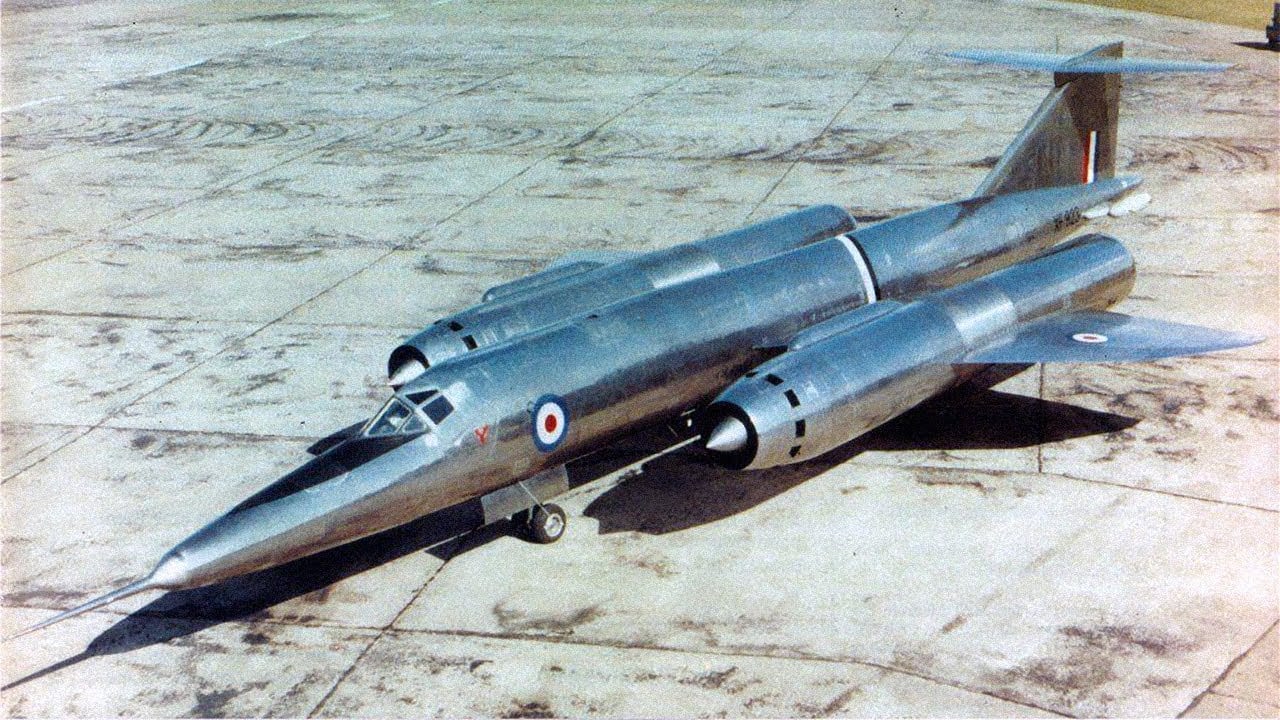The recent attack on a U.S. military base in Syria has raised significant concerns regarding the safety of American personnel deployed in the region. Three service members are currently being evaluated for potential traumatic brain injuries following the strike near Military Support Site Euphrates, a critical location along the strategically vital Euphrates River. The Pentagon has confirmed that U.S. Central Command retaliated against the attacking forces, which included multiple rocket launchers and mortars; however, the specifics of the initial assault remain unclear, including the identity of the aggressors and the circumstances surrounding the attack. This incident underscores the precarious nature of U.S. military operations in a landscape fraught with competing factions, including Iranian-backed groups and remnants of Al-Qaeda-affiliated rebels.
The implications of this attack extend beyond immediate injuries, highlighting the escalating risks faced by U.S. forces in Syria amidst a backdrop of regional instability. With approximately 900 American personnel in the country, the frequency of attacks on U.S. bases has surged, particularly since the onset of the Israel-Gaza conflict, with over 200 incidents reported in recent months. The Pentagon's assertion that the U.S. is acting in self-defense, coupled with the deployment of A-10 Warthogs, reflects a strategic posture aimed at safeguarding American interests while navigating complex alliances and hostilities. As the situation evolves, the U.S. must carefully assess its military presence and operational strategies in response to the shifting dynamics on the ground.









